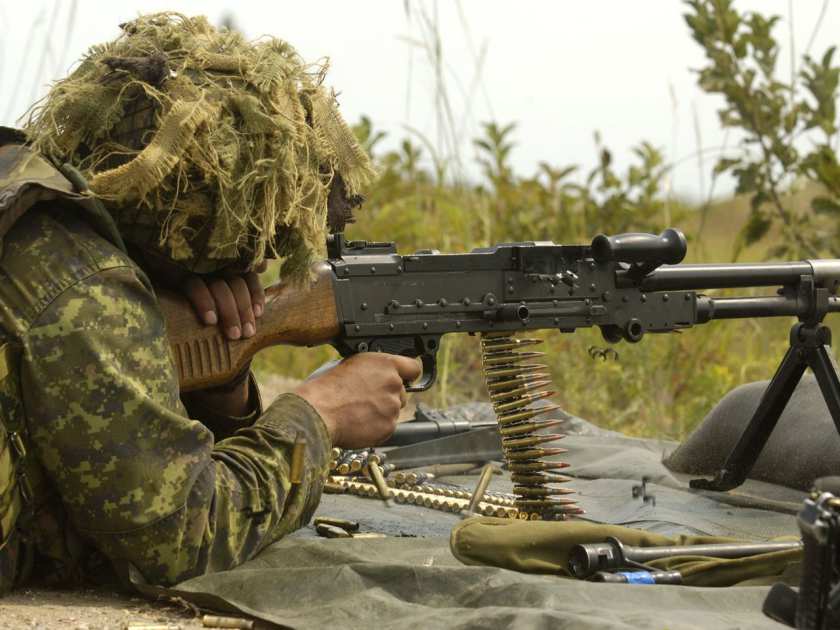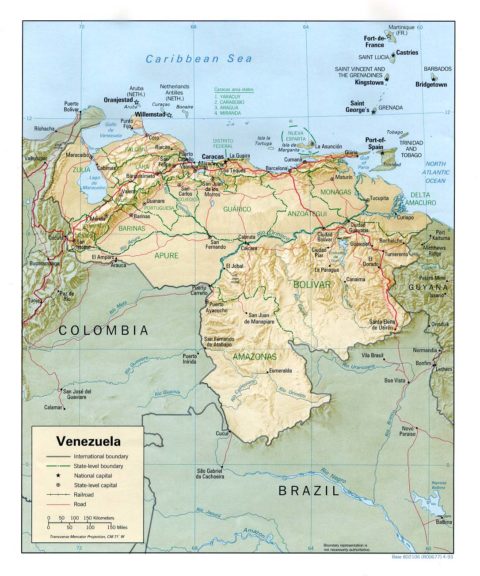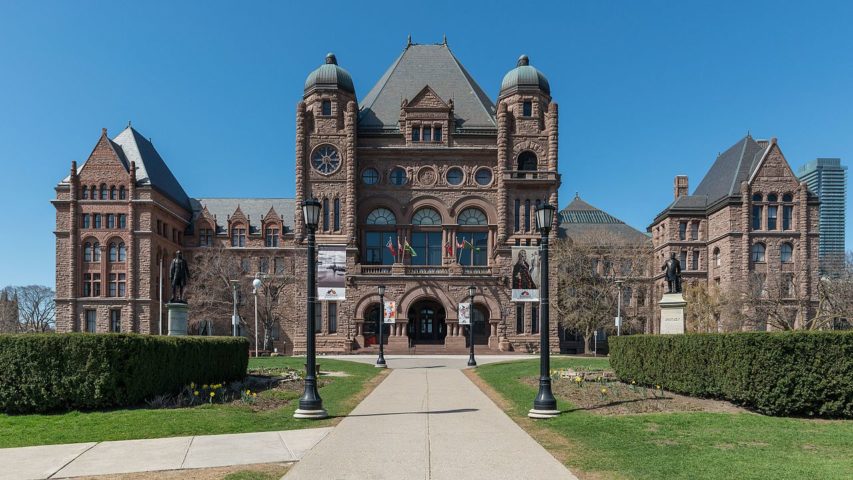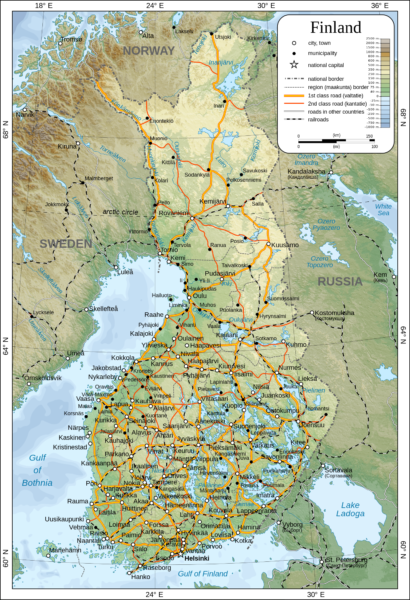About a week ago, the Department of National Defence announced they were purchasing some new machine guns for the Canadian Army. The new weapon is an improved version of the C6 General Purpose Machine Gun (GPMG) currently in service. The Ottawa Citizen gave the basic information on the deal in this article:

Canadian C6 GPMG. (DND photo)
The Canadian government will purchase 1148 new C6A1 FLEX General Purpose Machine Guns from Colt Canada, Defence Minister Harjit Sajjan announced Wednesday.
The current C6 machine guns were procured over 30 years ago. Some have been removed from service due to wear and tear and others are reaching the end of their service life, according to the Canadian military.
The new C6A1 FLEX (flexible) is designed to be carried by soldiers or attached to vehicles such as the new Tactical Armoured Patrol Vehicle. The new machine gun will feature a durable polymer butt stock instead of the current wooden style, according to the Canadian Forces. Additionally, soldiers will be able to attach pointing devices and optical sighting systems to the new weapon to help increase their operational effectiveness.
Sounds good, right? Not so fast:
 On the face of it this is a good news story. The C6, a 7.62-mm is a fully-automatic, air-cooled, gas- and spring-operated medium machine gun that is well liked by the troops of the many western nations which use some version of this weapon. Based on the Fabrique Nationale (FN) MAG it has been used by more than 80 countries, and is made under licence in several countries, most notably the USA where it is known as the M240. It is many ways the standard machine gun, used by all our allies.
On the face of it this is a good news story. The C6, a 7.62-mm is a fully-automatic, air-cooled, gas- and spring-operated medium machine gun that is well liked by the troops of the many western nations which use some version of this weapon. Based on the Fabrique Nationale (FN) MAG it has been used by more than 80 countries, and is made under licence in several countries, most notably the USA where it is known as the M240. It is many ways the standard machine gun, used by all our allies.
A closer look suggests that this announcement reveals everything that is wrong with Canadian defence procurement.
For our $32.1 million we get 1148 new C6A1 machine guns (with cleaning and repair kits, spare parts and carrying slings), 13 jobs which it seems reasonable to assume are for the length of the contract, i.e. two years, and a production line including engineering validation and certifications. Or perhaps more accurately, Colt Canada gets a production line at the Colt Canada plant.
Even if we accept that the implied a cost of nearly $28,000 per weapon should be informed by the fact that about one-quarter of the contract cost goes toward setting up a production line it still means that each weapon is costing almost $21,000 each.
The price of the equivalent US weapon, the M240, is somewhere between $6,600 US and $9,200 US depending on which model is being purchased. This means that, at current exchange rates, if we were to purchase the weapons from FN’s U.S.plant they would cost us about $10,000 each, in Canadian dollars. This in turn suggests that we would save at least $12,628,000. If you assume that in this case we don’t have to buy Colt Canada a new production line it works out to a savings of almost $20 million dollars.
This is the real cost of those 13 jobs for 2 years, over $750,000 for each job per year.
One would think that jobs that cost taxpayers $750,000 per year would raise questions.
Questions like; do we need to make our own machine guns, especially when we consider that they are almost universally available from a number of our allies and that we have the proven ability to maintain them ourselves?
So, it’s not just that we can’t buy ships or fighter aircraft at a competitive price — because our politicians are addicted to using military spending for partisan purposes — we can’t even buy a slight variant on a bog-standard infantry support weapon without paying through the nose.
H/T to MILNEWS.ca for the link (perhaps we should consider changing that standard section heading from “What’s Canada Buying?” to “What’s Canada subsidizing in the form of procurement?” or “What’s Canada being robbed blind over now?”)
Ken Livingstone, a former mayor of London, has blamed the turmoil in Venezuela on the unwillingness of the former president, Hugo Chávez, to execute “oligarchs” after he came to power.








